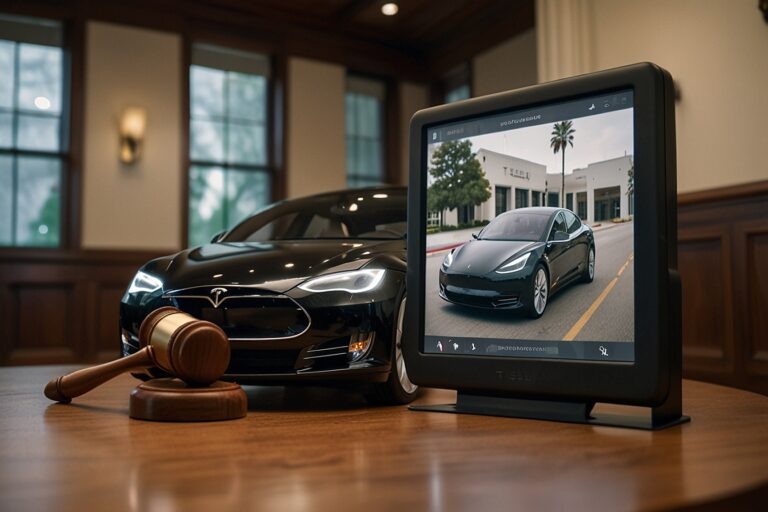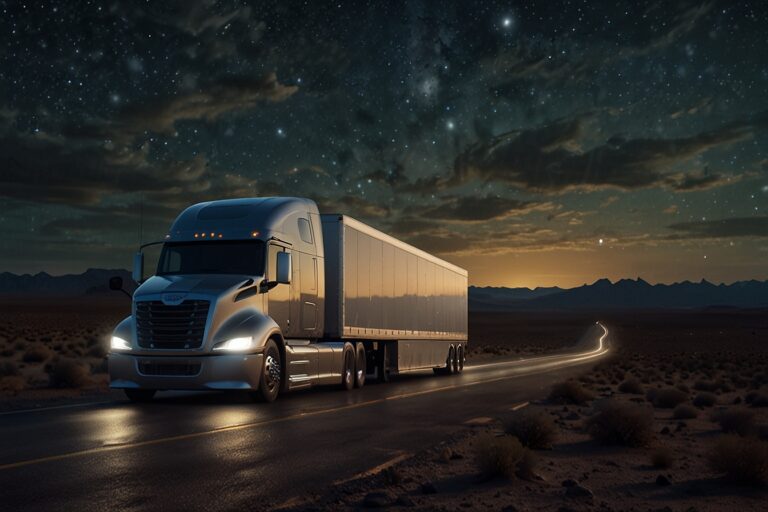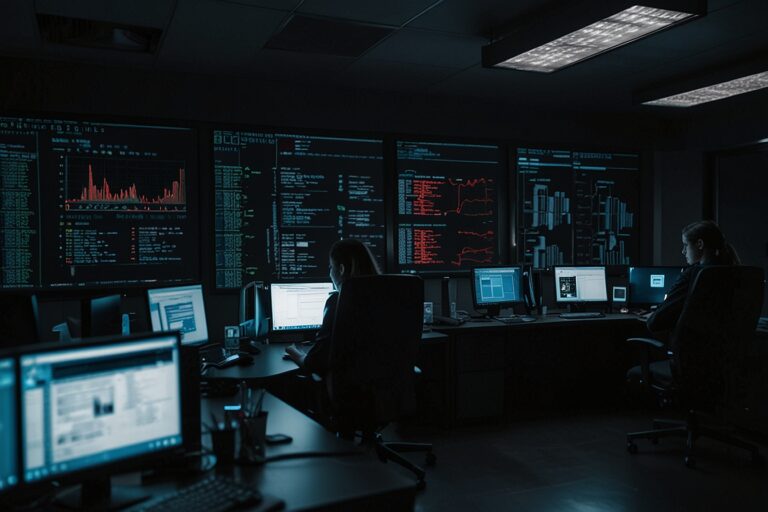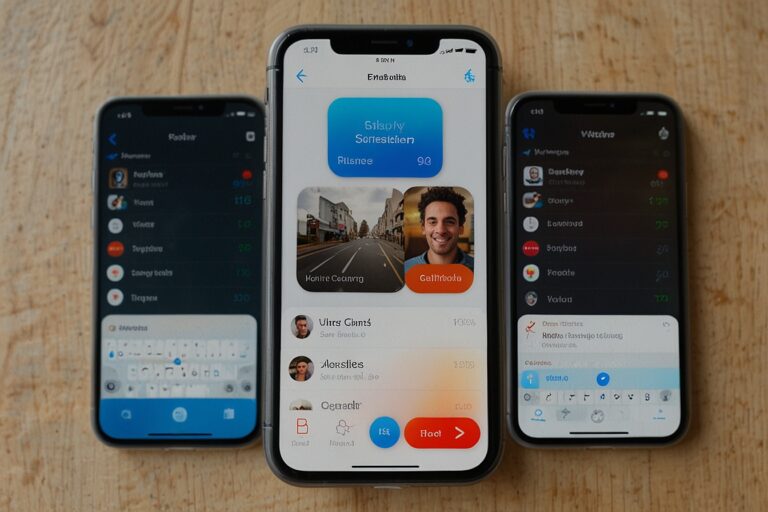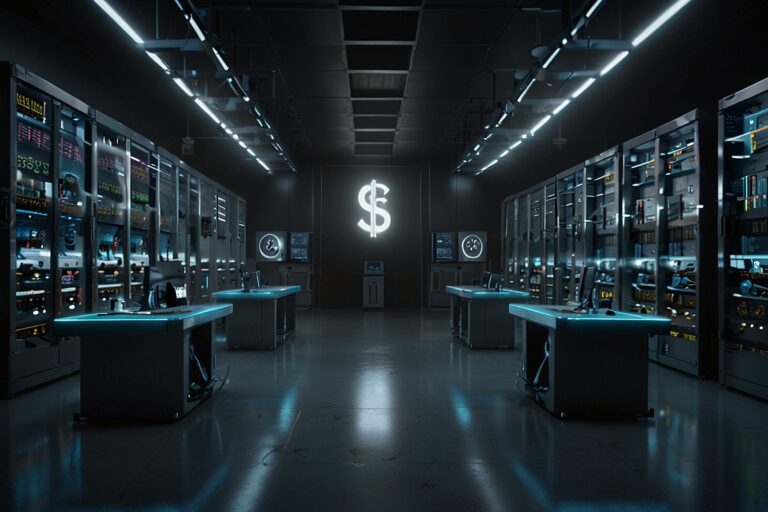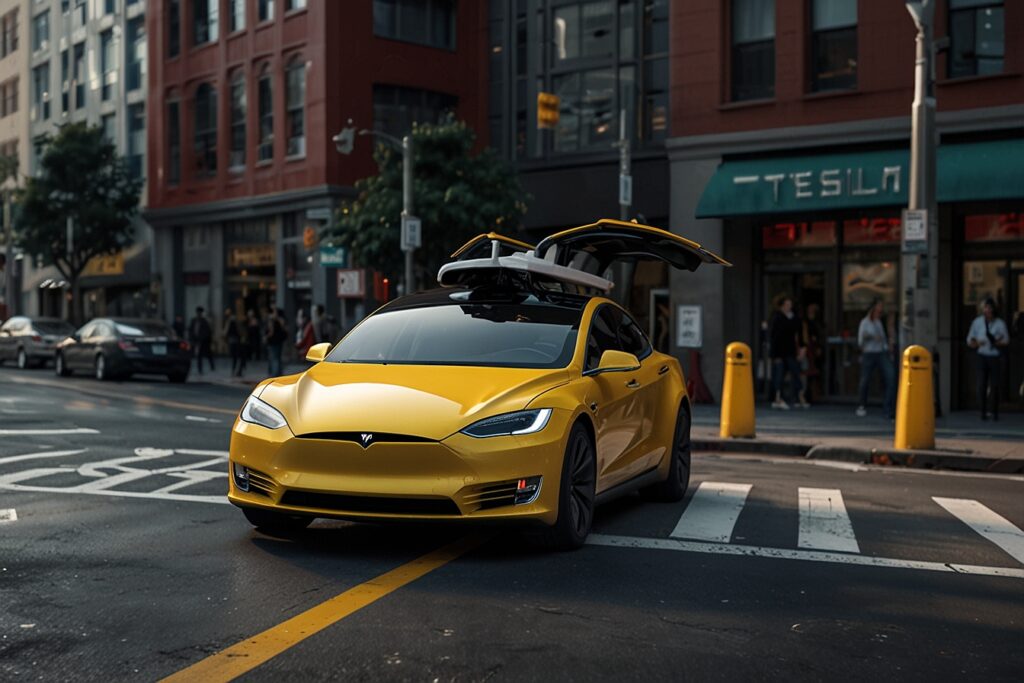
TL;DR
- Tesla plans a limited robotaxi rollout in San Francisco, expanding from Austin.
- The company currently lacks both DMV and CPUC permits required for autonomous deployment.
- Operating the service could violate California state laws, even with a safety driver.
- Regulators are already challenging Tesla’s Full Self-Driving (FSD) claims in court.
- No clear proof exists yet that Tesla’s software can support a scalable robotaxi network.
Tesla’s Robotaxi Launch: California Isn’t Sold
Tesla is preparing to launch a robotaxi pilot in San Francisco, after a limited start in Austin last month. The initiative marks a bold expansion of Tesla’s autonomous ambitions, but it also places the company at direct odds with California state regulators.
According to Business Insider, Tesla will invite select owners to try out the new service. While the robotaxis will feature a human safety operator, the vehicles will rely on Tesla’s Full Self-Driving (FSD) software—raising legal concerns over the lack of appropriate permits.
California Regulators: Two Agencies, Multiple Missing Permits
The California Department of Motor Vehicles (DMV) and the California Public Utilities Commission (CPUC) jointly oversee the autonomous vehicle (AV) ecosystem. Tesla currently holds only a drivered AV testing permit—meaning it can test autonomous vehicles with a human driver behind the wheel. However, it lacks the following:
- Driverless Testing Permit
- Driverless Deployment Permit
- CPUC AV Ride-Hailing Authorization
According to the California DMV, only Waymo, Nuro, and Mercedes-Benz currently hold deployment permits. Tesla has not applied for any of these essential permits.
Moreover, as CPUC spokesperson Terrie Prosper clarified to TechCrunch, Tesla holds only a Transportation Charter Party permit, which allows human-operated charter services, not autonomous vehicles.
“Tesla has not received approval from the CPUC to offer autonomous passenger service to customers, paid or unpaid, with or without a driver,” said Prosper.
“The company also hasn’t applied for a Drivered Pilot AV permit.”
The Data
| Regulatory Permit Type | Tesla Status |
| DMV – Testing With Driver | ✅ Approved |
| DMV – Testing Without Driver | ❌ Not Approved |
| DMV – Deployment Without Driver | ❌ Not Approved |
| CPUC – AV Passenger Pilot (With/Without Driver) | ❌ Not Approved |
| CPUC – Transportation Charter Party | ✅ Approved (human only) |
| (Source: DMV | CPUC) |
Legal Tensions Rise as Tesla Pushes Ahead
Tesla’s push into California comes amid a broader conflict with regulators. The DMV has an ongoing lawsuit against Tesla over what it alleges are false claims about its FSD software. If Tesla goes forward with its San Francisco pilot, regulators warn it may be in direct violation of state laws—even if the rides are free and the vehicles include a safety driver.
The CPUC and DMV guidelines clearly prohibit unpermitted autonomous services, regardless of payment or human presence.
This latest move could add fuel to existing legal challenges Tesla faces, including lawsuits over fatal crashes involving Autopilot.
San Francisco Rollout: What’s Really Being Tested?
The San Francisco pilot follows a similar rollout in Austin, which began on June 22. There, Tesla quietly launched an invite-only service using a limited fleet of Model Y vehicles in core downtown areas. A front-seat safety operator is present in each car, ready to intervene.
Despite Elon Musk’s long-standing promises of a “general solution” to self-driving, the Austin service remains tightly constrained. According to TechCrunch, it is unclear:
- How many Tesla vehicles are active in Austin
- How often human operators must take over
- Whether any meaningful progress has been made since launch
Elon Musk’s Vision vs. Reality
For over a decade, Elon Musk has pitched Tesla’s autonomous future as just around the corner. At one point, he claimed a Tesla could drive from Los Angeles to New York without human input—a trip that never materialized.
Musk now says Tesla is preparing to enter Florida and Arizona with its robotaxi service. According to TechCrunch, the company has already begun the certification process in Arizona, where autonomous testing regulations are more lenient than California.
Despite this forward motion, Tesla still lacks public data proving that its Full Self-Driving (FSD) software can operate reliably in a commercial ride-hailing setting.
What’s Next: Caution or Crackdown?
As Tesla inches closer to offering public-facing autonomous rides in California, the company faces a critical choice: either comply with regulatory frameworks or risk state-level enforcement that could stall or even shut down operations.
Given the current lack of both CPUC and DMV authorizations, Tesla’s San Francisco experiment could become the latest flashpoint in the battle between innovation and regulation in autonomous mobility.
Whether this trial becomes a milestone or a misstep will depend on how regulators react and whether Tesla makes any attempt to secure the required permits going forward.
